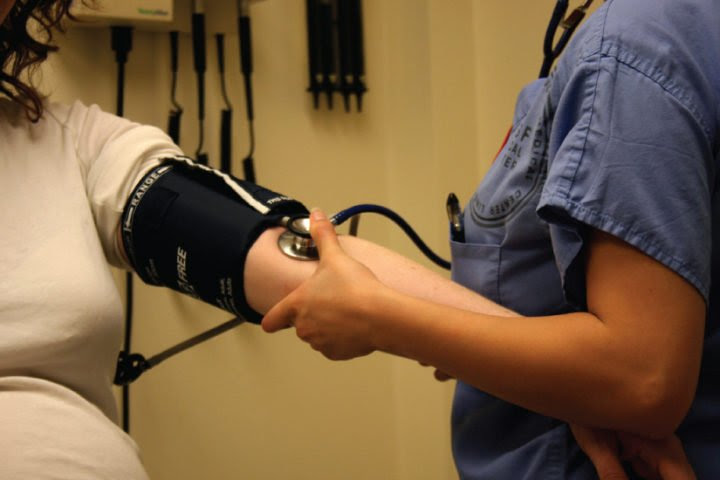Uncontrolled blood pressure is the leading cause of preventable death in the United States even though existing medications, when prescribed and taken according to guidelines, work well. According to a new analysis of electronic health records (EHRs) led by a UC San Francisco scientist, as many as 40 percents of the roughly 80 million Americans with high blood pressure may not have the condition under control.
The study, published in the journal Circulation: Cardiovascular Quality and Outcomes, drew on EHRs from 1.5 million patients and found that just 60 percent had their hypertension under control, with blood pressure readings below 140/90 mmHg. When blood pressure was high at a clinic visit, the study found, less than a quarter of visits included a second reading to confirm the blood pressure elevation, and only 12 percent of patients received a prescription for a new class of blood pressure-lowering medication, as guidelines recommend.

Lead author Mark Pletcher, MD, Ph.D., professor of epidemiology and biostatistics at UCSF, said, “Our analysis of real-world data shows marked room for improving blood pressure and medication management for many patients. One of the main challenges is the low frequency with which clinicians prescribe new medication when blood pressure is high. We need to understand that phenomenon better and find ways to reduce clinicians’ and patients’ reluctance to start a new medication. Because we know that when new medications are started, they work.”
Pletcher was joined in the study by co-principal investigators Valy Fontil, MD, MAS, MPH, assistant professor of medicine at UCSF, and Rhonda Cooper-DeHoff, PharmD, associate professor of pharmacotherapy and translational research at the University of Florida.
The data came from BP Track, one of three new studies using the Blood Pressure Control Laboratory, a platform Pletcher and colleagues developed to support multisite research into blood pressure control. BP Track will continue to conduct national surveillance of clinical management of blood pressure with a focus on tracking disparities over time.
The other two studies are randomized controlled clinical trials that also use “real-world” data from EHRs. Those studies – called BP Home and BP MAP – have launched and are ongoing. BP Home is a randomized trial comparing the effectiveness of smartphone-linked versus standard home blood pressure monitoring. BP MAP compares the effectiveness of two versions of a quality improvement program developed by the American Medical Association (AMA).
“The BP Control Lab sets up a one-of-a-kind infrastructure that makes it possible to understand how a quality improvement program like the AMA’s can be implemented in various health systems across the country and how to tailor different components of the intervention to different types of clinical environments,” said Fontil.
Co-author Michael Rakotz, MD, vice president of health outcomes at the AMA, said, “The AMA is committed to improving blood pressure control in the U.S., and the results of BP MAP are going to help guide how we scale up programs to have the biggest impact most efficiently.”
Source: UCSF

Leave a Reply